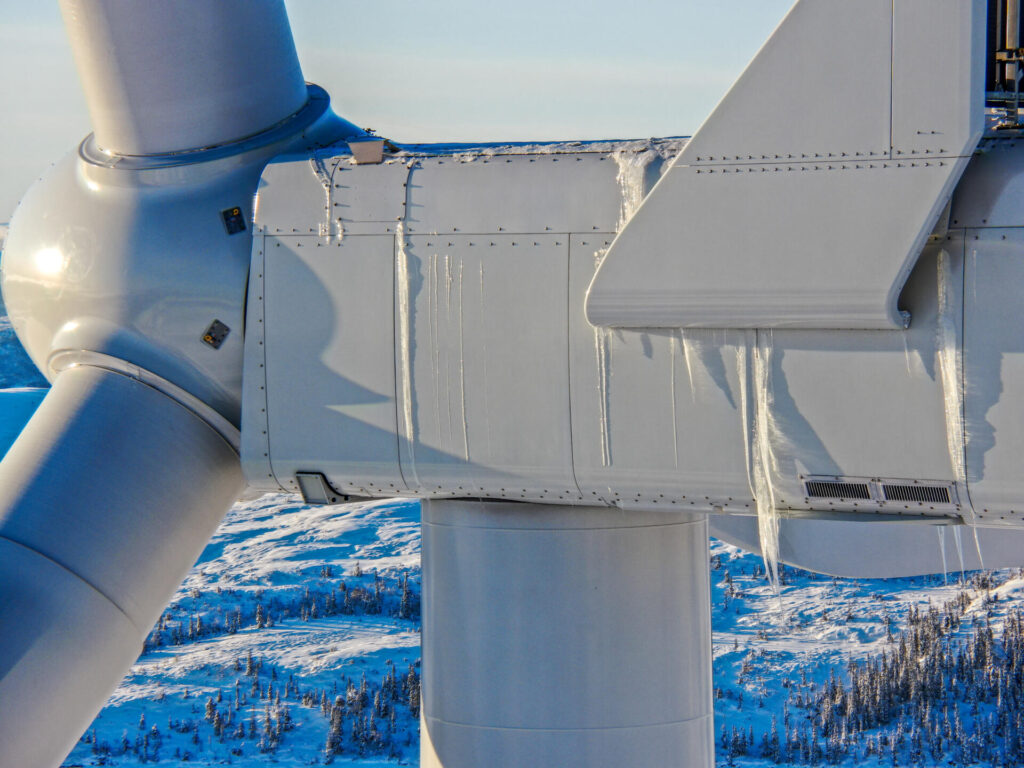The project is led by Kjeller Vindteknikk (KVT), and is a collaboration with Statkraft, Hydro Energy, Fred Olsen Renewables, Zephyr and the Norwegian Meteorological Institute.

An important aspect of the project is to monitor ice buildup on the turbine nacelle. Cameras will be mounted on a selection of turbines in several wind farms in Norway. This can be used to evaluate the risk in real-time and the wind farm operators can be automatically alerted in their systems.
Icing can be predicted forward in time by the use of sophisticated weather forecasting and icing models. KVT has developed these tools over time, and they will be further improved in the project. The pictures from the cameras will contribute to this, by using these icing observations to validate and calibrate the forecast. The icing forecasts are combined with risk models to form an ice risk forecast dashboard system at the turbine level, that can be used to for example plan maintenance work ahead, and to make the required safety measures.


Example of icing forecast: above: map showing the risk. Below: The overall risk in a wind farm.
The idea is that the IceRisk tool can be used also in the planning stage of a wind farm project, to ensure optimal design with a minimum risk. For example, where should roads and service buildings be placed to avoid the risk of ice throw. Through meetings and discussions with turbine manufacturers and wind farm operators the project will come up with suggestions on practical solutions and measures that can be taken to reduce risk related to ice throw and ice fall. The project will create a platform for exchange of the common ice-related challenges the operators face and to thereby ensure they are solved the optimal way.